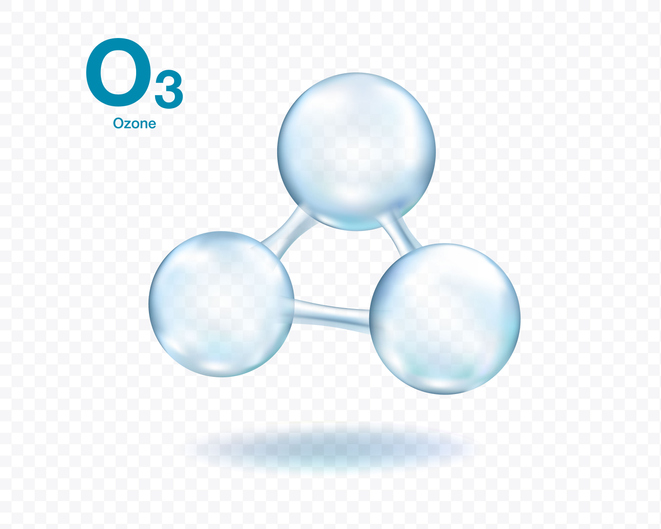
Abstract. Dynamical downscaling was applied in this study to link the global climate-chemistry model Community Atmosphere Model (CAM-Chem) with the regional models Weather Research and Forecasting (WRF) Model and Community Multi-scale Air Quality (CMAQ). Two representative concentration pathway (RCP) scenarios (RCP 4.5 and RCP 8.5) were used to evaluate the climate impact on ozone concentrations in the 2050s.
From the CAM-Chem global simulation results, ozone concentrations in the lower to mid-troposphere (surface to ~300 hPa), from mid- to high latitudes in the Northern Hemisphere, decreases by the end of the 2050s (2057–2059) in RCP 4.5 compared to present (2001–2004), with the largest decrease of 4–10 ppbv occurring in the summer and the fall; and an increase as high as 10 ppbv in RCP 8.5 resulting from the increased methane emissions.
Read more...







